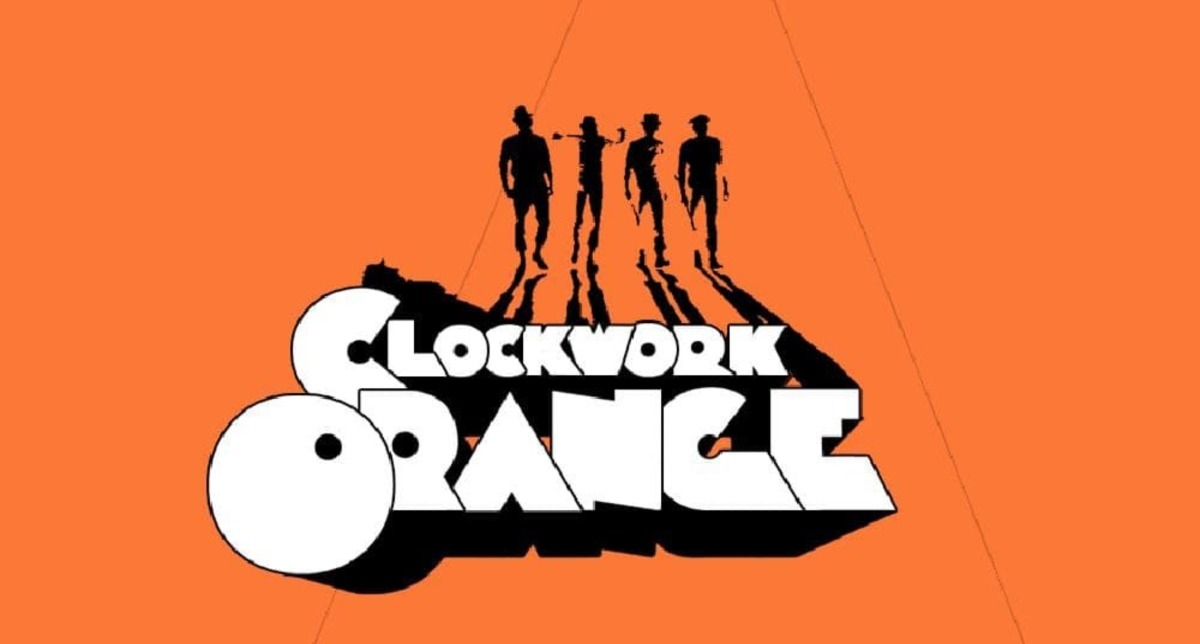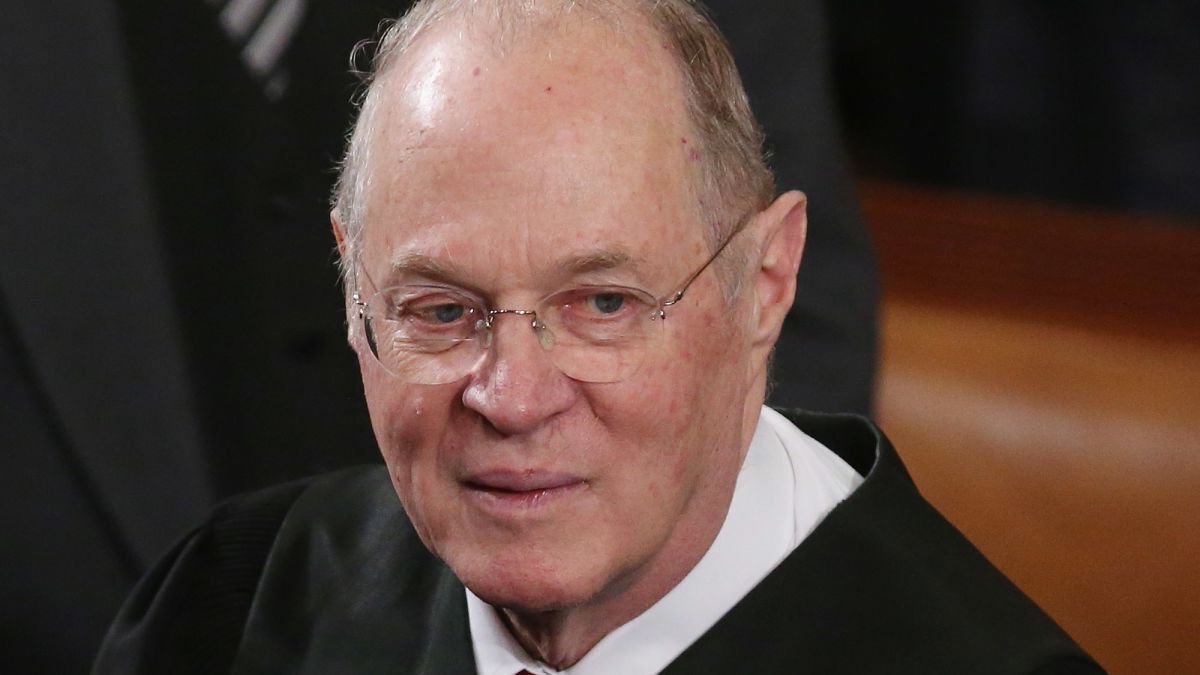
A Clockwork Orange is a thought-provoking and controversial movie that has cemented its place in cinematic history. Directed by the legendary Stanley Kubrick and based on Anthony Burgess’s dystopian novel of the same name, the film takes viewers on a journey through a bleak and violent future. Released in 1971, A Clockwork Orange shocked audiences with its dark themes and graphic depiction of violence, challenging societal norms and pushing the boundaries of what was acceptable onscreen.
In this article, we will delve into 37 fascinating facts about the making of A Clockwork Orange, shedding light on the creative process, the impact it had on popular culture, and the legacy it has left behind. From the iconic imagery to the controversial themes, there is much more to discover about this cinematic masterpiece. So, sit back, grab a glass of milk-plus, and prepare to be captivated by the intriguing world of A Clockwork Orange.
Key Takeaways:
- A Clockwork Orange, released in 1971, explores themes of free will, government control, and the dark side of human nature, leaving a lasting impact on popular culture.
- Director Stanley Kubrick’s meticulous approach and thought-provoking storytelling in A Clockwork Orange continue to captivate audiences, sparking discussions about morality and societal influence.
The movie was released in 1971.
In the early ’70s, A Clockwork Orange shocked and mesmerized audiences with its experimental storytelling and striking visuals.
Stanley Kubrick had complete creative control.
Kubrick, known for his meticulous approach to filmmaking, had full artistic freedom to bring this thought-provoking story to life.
The film is set in a dystopian future.
A Clockwork Orange takes place in a bleak future where society grapples with violence and crime.
The iconic “ultraviolence” phrase was coined in the film.
The term “ultraviolence,” used to describe extreme and random acts of violence, was popularized by A Clockwork Orange.
The movie features a vivid and distinct visual style.
Kubrick’s attention to detail is evident in the film’s striking visuals, with its bold color palette and unique set designs.
The main character, Alex DeLarge, is portrayed by Malcolm McDowell.
Malcolm McDowell delivers a mesmerizing performance as the charismatic yet disturbed Alex, captivating audiences with his portrayal.
The film explores the themes of free will and morality.
A Clockwork Orange raises complex questions about the nature of choice, punishment, and the boundaries of morality.
The movie faced controversy and censorship.
A Clockwork Orange stirred up significant controversy upon its release due to its explicit content, leading to bans in several countries.
The soundtrack features classical music.
Kubrick expertly incorporates classical compositions by composers like Beethoven into the film’s narrative, creating a stark contrast to the on-screen violence.
The film was nominated for several Academy Awards.
A Clockwork Orange received four Oscar nominations, including Best Picture and Best Director.
It explores the dark side of human nature.
The film delves deep into the sinister aspects of human behavior, showcasing the capacity for both good and evil within individuals.
Anthony Burgess wrote the original novel.
A Clockwork Orange was originally a novel written by Anthony Burgess, published in 1962.
The movie’s title is a metaphor for the film’s themes.
The term “clockwork orange” metaphorically represents a society that tries to control individuals’ behavior through conditioning and manipulation.
It was filmed in various locations in London.
Kubrick chose different locations in London to create the gritty and atmospheric backdrop for the film.
The movie has inspired numerous artistic interpretations and references.
A Clockwork Orange’s impact extends beyond the film industry, with its influence seen in music, literature, and fashion.
The film’s dialogue includes a fictional slang language.
Alex and his gang speak in “Nadsat,” a fictional slang language created by Anthony Burgess for the novel.
The movie explores the psychological effects of conditioning.
A Clockwork Orange examines the consequences of using behavior modification techniques on individuals, raising questions about the limits of control.
It received mixed reviews upon release.
The film polarized critics, with some praising its artistic merits while others criticized its violent content and disturbing themes.
The movie’s ending differs from the novel.
Kubrick chose an alternative ending for the film, deviating from Burgess’ original conclusion.
A Clockwork Orange was re-released several times.
The film was re-released in theaters on various occasions, allowing new generations to experience its powerful storytelling.
The iconic bowler hat became a symbol associated with the film.
Alex’s distinct bowler hat has become an iconic image associated with A Clockwork Orange, often representing the film in popular culture.
The movie’s use of violence sparked debate about its impact on society.
A Clockwork Orange ignited discussions about whether violent media influences real-life behavior, leading to intense debates and analysis.
It explores the concept of rehabilitation.
The film delves into the controversial topic of rehabilitating criminals and the potential consequences of such interventions.
A Clockwork Orange has been analyzed through various critical lenses.
Critics have examined the film from different angles, including its portrayal of masculinity, government control, and existentialism.
The movie’s runtime is approximately 136 minutes.
A Clockwork Orange offers viewers a captivating cinematic experience that spans just under two and a half hours.
Kubrick’s attention to detail extended to the film’s costumes.
Every aspect of the film was meticulously crafted, including the distinctive costumes that contribute to the characters’ identities.
A Clockwork Orange has become a cultural touchstone.
The film’s impact on popular culture endures, with references and homages appearing in various forms of media.
The controversy surrounding the film affected its distribution.
Due to the bans and censorship, A Clockwork Orange had a limited release in some countries, restricting its availability.
The movie’s narrative raises questions about the nature of evil.
A Clockwork Orange invites viewers to contemplate the origins and expressions of evil in society and within individuals.
The film’s innovative cinematography techniques garnered praise.
Kubrick’s visionary approach to framing and camera movement drew acclaim for pushing the boundaries of traditional filmmaking.
A Clockwork Orange explores the dichotomy between youth and adulthood.
The movie delves into the conflicts and challenges faced by youthful individuals as they navigate the transition to adulthood.
The aversion therapy scenes sparked controversy.
Some audience members found the graphic aversion therapy sequences distressing and unsettling.
The film addresses the limits of social control.
A Clockwork Orange presents a cautionary tale about the dangers of excessive government control and its implications for individual freedom.
It highlights the dangers of dehumanization.
The film explores how societies and individuals can become dehumanized through violence, loss of empathy, and manipulation.
A Clockwork Orange has a timeless quality.
Despite being set in a specific time period, the film’s themes and messages transcend the era, making it relevant to audiences today.
It was nominated for Best Picture at the Golden Globes.
A Clockwork Orange’s critical acclaim extended beyond the Oscars, receiving recognition at other prestigious award ceremonies.
The film’s impact on popular culture remains significant.
A Clockwork Orange continues to inspire and influence filmmakers, artists, and cultural thinkers, leaving a lasting legacy in the world of cinema.
A Clockwork Orange is a cinematic masterpiece that challenges conventions and sparks dialogue about society, morality, and the complexities of human nature. This thought-provoking film continues to mesmerize and engage audiences, solidifying its place in film history.
Conclusion
A Clockwork Orange is a groundbreaking film that continues to captivate audiences with its unique blend of disturbing imagery and thought-provoking themes. With its unforgettable characters, stunning cinematography, and powerful social commentary, the movie has cemented its place in cinematic history. Whether you’re a die-hard fan or a newcomer to the world of A Clockwork Orange, delving into these 37 fascinating facts will enhance your appreciation for this cult classic.
FAQs
1. Who directed A Clockwork Orange?
Stanley Kubrick directed A Clockwork Orange, showcasing his signature style and meticulous attention to detail.
2. Is A Clockwork Orange based on a book?
Yes, the movie is based on Anthony Burgess’ novel of the same name, published in 1962.
3. What is the significance of the title?
The title “A Clockwork Orange” is a metaphor reflecting the juxtaposition of mechanical perfection and organic chaos.
4. Why was the film initially banned?
The film faced controversy and censorship due to its extreme violence and depiction of antisocial behavior.
5. Did the movie receive any awards?
A Clockwork Orange was nominated for several Academy Awards but did not win any. Nevertheless, it has since gained critical acclaim and a devoted fan following.
6. What is the underlying message of the film?
The film explores the concept of free will, individual responsibility, and the dangers of conditioning and suppressing human nature.
7. How was the iconic score created?
The film’s iconic score was composed by Wendy Carlos and features electronic renditions of classical music pieces.
8. What impact did A Clockwork Orange have on popular culture?
The film’s distinctive style and memorable scenes have influenced numerous filmmakers, musicians, and artists over the years.
9. Is A Clockwork Orange suitable for all audiences?
No, due to its explicit content, the film is not recommended for younger audiences or those who are sensitive to violence and disturbing imagery.
10. Does the film have multiple endings?
Yes, there are different versions of the film with slightly altered endings, providing alternate interpretations for viewers.
If you're fascinated by the social commentary in A Clockwork Orange, check out our article on Citizen Ruth, which also tackles controversial themes. For more insights into the mind behind the masterpiece, explore our piece on Stanley Kubrick's life and career. And if you're interested in other groundbreaking films from 1971, don't miss our article on The Beguiled, a haunting tale of desire and deception set during the Civil War.
Was this page helpful?
Our commitment to delivering trustworthy and engaging content is at the heart of what we do. Each fact on our site is contributed by real users like you, bringing a wealth of diverse insights and information. To ensure the highest standards of accuracy and reliability, our dedicated editors meticulously review each submission. This process guarantees that the facts we share are not only fascinating but also credible. Trust in our commitment to quality and authenticity as you explore and learn with us.


